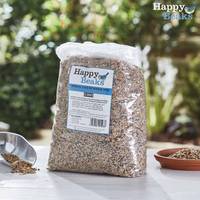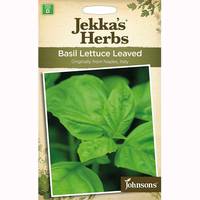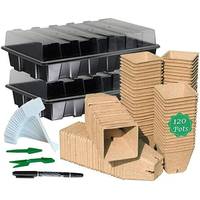Price Tracked On This Product
Highest price was seen £3.99 on 03 Jul 2024
Lowest price was seen £3.49 on 13 Jun 2024
Average price is £3.49 base on 2 price changes
Most recent price is £3.99
[[{"meta":"13 Jun 2024","value":3.49},{"meta":"03 Jul 2024","value":3.99}]]
Description
Runner Bean ‘White Emergo’ has been awarded an RHS AGM thanks to its long smooth pods, with excellent flavour. A vigorous variety that copes under adverse weather conditions, best picked while young and tender. Produces white flowers that provide a delicate point of interest in the vegetable garden.Sow runner bean seed indoors from mid April for transplanting later on, or direct sow outdoors from late May to July.Indoors, sow seed at a depth of 5cm (2") in 7.5cm (3") pots or trays of free-draining, seed sowing compost. Place in a propagator or seal container inside a plastic bag at a temperature of 18-20C (64-68F) until germination which takes 7-10 days. Once germinated, grow runner beans on in cooler conditions until all risk of frost has passed and runner bean plants are large enough to be transplanted. Gradually acclimatise them to outdoor conditions over 7 - 10 days before planting runner beans outdoors in rich fertile, well drained soil in full sun or semi shade with protection from strong winds. Avoid freshly manured soil which will promote lush foliage instead of beans.Alternatively direct sow runner beans outdoors at a depth of 5cm (2") and a distance of 30cm (12") apart. Plant runner beans in rows that are 1.5m (5') apart, or where space is limited, grow beans onto a wigwam structure. Runner beans require support from garden canes, strings or netting which should be put in place at the time of planting.Product Specifications:Position in: full sunHeight: Up to 300cmSpread: Up to 30cmSupplied as 1 x Seed Packet (25 Seeds)Images shown are for guidance only of the expected results from plants upon maturity. Different growing conditions might vary results. Image may be included for illustration of supply but can vary due to seasonality changes (e.g. deciduous plants lose leaves in colder months).
You may also like
loading
Discover more




























































